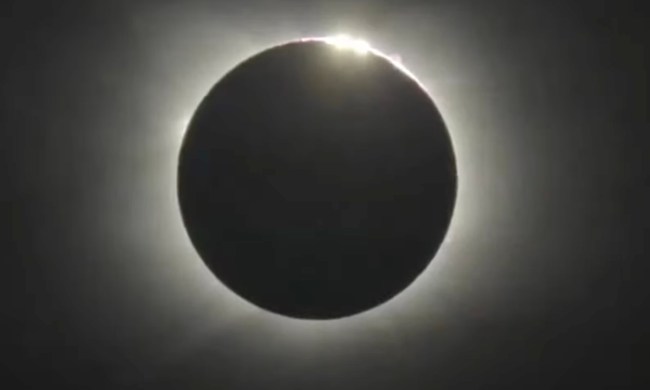Earth-orbiting satellites play a major role in our daily lives, providing important environmental and weather data, supporting communications services, and even enabling astronauts to carry out science experiments that can ultimately benefit humanity.
NASA lets you track its environment-focused Earth satellites via its brilliant “Eyes on the Earth” tool, an interactive website offering a 3D visualization of their current position.

Eyes on the Earth also lets you use the satellites’ gathered data to monitor Earth’s vital signs, including carbon dioxide and carbon monoxide readings as well as sea level and soil moisture levels, with a new update to the tool this week incorporating even more datasets.
Eyes on the Earth’s landing page shows 21 satellites currently orbiting our planet. Click on the Missions tab and you’ll be presented with a list offering details about each one, including its name and how long it’s been in space. Click on one of the satellites and you’ll see it orbiting Earth, with a tab at the bottom of the display offering information about the purpose of its mission. Any available datasets will appear at the bottom of the display.
You can also zoom in to the satellite and spin around it to get a better look. In fact, the attention to detail is so great that with, say, the International Space Station, you can see how its solar panels turn to optimize their exposure to the sun.
Be sure to explore the Vital Signs tab, too. Click, for example, the carbon dioxide button and you’ll see a visualization of data from NASA’s Orbiting Carbon Observatory 2 satellite, which measures the gas from the ground to the top of the atmosphere. You can also select “animate data,” specify a date range, and witness how levels have shifted over time.
The updated version of Eyes on the Earth offers snapshots of important happenings in the natural world. “For instance, you can see details about the maximum wind speeds of a tropical storm, the impacts of a northern California fire, even see the scale of a phytoplankton bloom off of New Zealand and why it matters,” NASA said.
The space agency added: “The graphics are as rich as the data, making for fascinating deep dives as you learn about the science, get to know the planet better, and learn about some of the many NASA missions that track the globe’s health.”
Eyes on the Earth is an incredible piece of work, and one you’re likely lose yourself in as you find out more about these important Earth-monitoring satellites and the vital work that they do. Go check it out.


